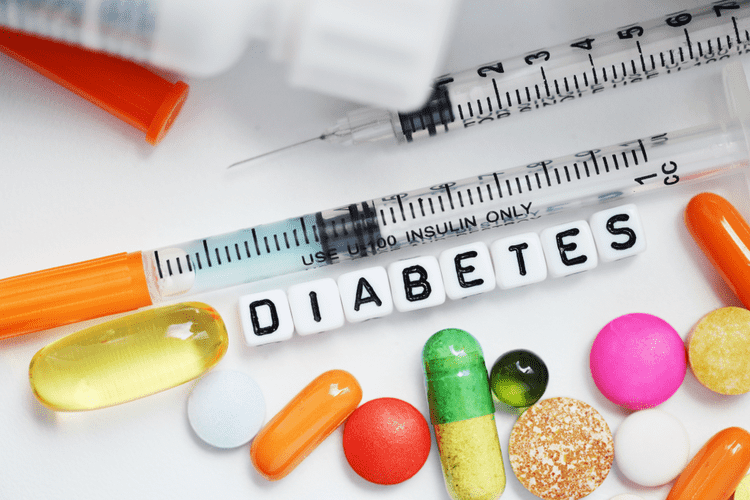Does Drinking Too Much Make You Bruise? Heres What The Alcohol Is Actually Doing To Your Body Overnight
Alcohol interferes with the function of the monocyte-macrophage system, with clinically significant consequences. Similarly, studies of intoxicated laboratory animals demonstrated reduced elimination of bacteria by the monocyte-macrophage system. Further studies indicate that alcohol impairs monocyte/macrophage function rather than production. Thus, the cells frequently remain at their normal locations in the tissues rather than migrate to the sites of infections. In addition, alcohol inhibits the monocytes’ adhesion abilities. Spur-cell hemolysis occurs in about 3 percent of alcoholics with advanced liver disease, causing anemia that progresses relentlessly and is eventually fatal.
What Are The Common Signs Of Alcohol Use Disorder?
In kidney disease, platelets do not work properly, causing easy bruising. Blood thinners such as warfarin, heparin, and aspirin can cause you to bleed and bruise more. Some herbal supplements, such as aloe, dong quai, evening primrose, flaxseed, ginger, and saw palmetto may also interact with blood thinners or antiplatelets and increase Sober House your risk of bleeding and bruising. Steroids and some cancer drugs (chemotherapy and targeted therapy) may also lower your platelet levels, which can cause you to bleed and bruise more than you typically do. In addition, a support group can help you cope with the life changes you’re experiencing as a result of your condition.
Everything to Know About Alcoholic Liver Disease
There are three stages—alcoholic fatty liver disease, alcoholic hepatitis, and alcoholic cirrhosis. Fatty liver disease can also develop after binge drinking, which is defined as drinking four to five drinks in two hours or less. About 90% of heavy drinkers will develop alcoholic fatty liver disease. Liver cirrhosis https://thebostondigest.com/top-5-advantages-of-staying-in-a-sober-living-house/ is linked to bleeding complications and can even lead to the formation of a large type of bruise called a hematoma. If you experience easy bruising with alcohol consumption and there is no apparent cause of the bruising, it’s important to seek medical attention, because you may be experiencing liver disease.
Signs and Symptoms of Alcoholic Neuropathy

In healthy people, stomatocytes account for less than 5 percent of the RBC’s, whereas their number can be significantly higher in alcoholics. In fact, more than 25 percent of alcoholics exhibit an increased proportion of stomatocytes in the blood (i.e., stomatocytosis). Another way to identify blood disorders is to perform a complete blood count (CBC), in which a machine counts all the cells within a blood sample. In addition, these machines can determine several other parameters of blood cells, such as their average size, which may be diagnostic for certain disorders. For example, an increase in the average RBC volume (i.e., the mean corpuscular volume [MCV]) is characteristic for a certain type of anemia.
- Listen to relatives, friends or co-workers when they ask you to examine your drinking habits or to seek help.
- Females who consume high amounts of alcohol and also carry excess body weight have a greater chance of developing chronic liver disease.
- But if the neuropathy becomes advanced, it might not be reversible.
- Because there is more blood at the surface of your skin when you drink, when those blood vessels break, it makes it that much easier to create the beautiful visual effect of a good ol’ black-and-blue.
- Talk to your doctor if you have a bruise that lasts longer than 2 weeks.
How platelets relate to cardiovascular disease
- People have used alcohol to relieve pain since ancient times.
- Unfortunately, alcohol misuse among older adults often goes unrecognized, unreported, and untreated.
- Several studies have found that AC levels in the platelets as well as in some white blood cells are frequently reduced in alcoholics compared with nonalcoholics, even after long periods of abstinence.
- These proteins include those involved in blood clotting as well as immune proteins (i.e., antibodies or immunoglobulins).
- People with severe alcohol dependency may stay at an inpatient rehabilitation facility for closer monitoring.
- These look a little like a rash with purple, red, or brown dots of blood, but they aren’t raised or bumpy.
How to Support Liver Function
